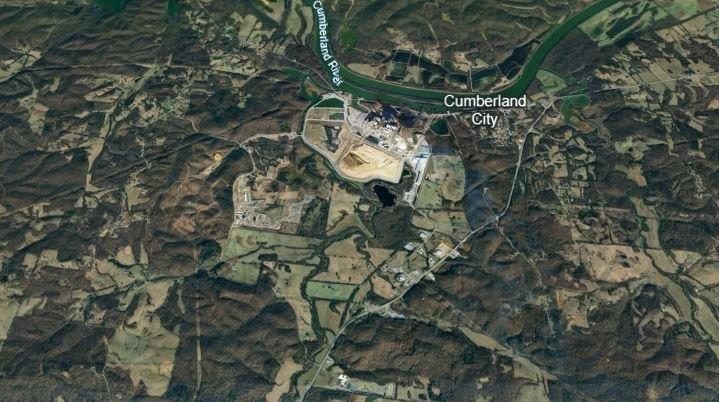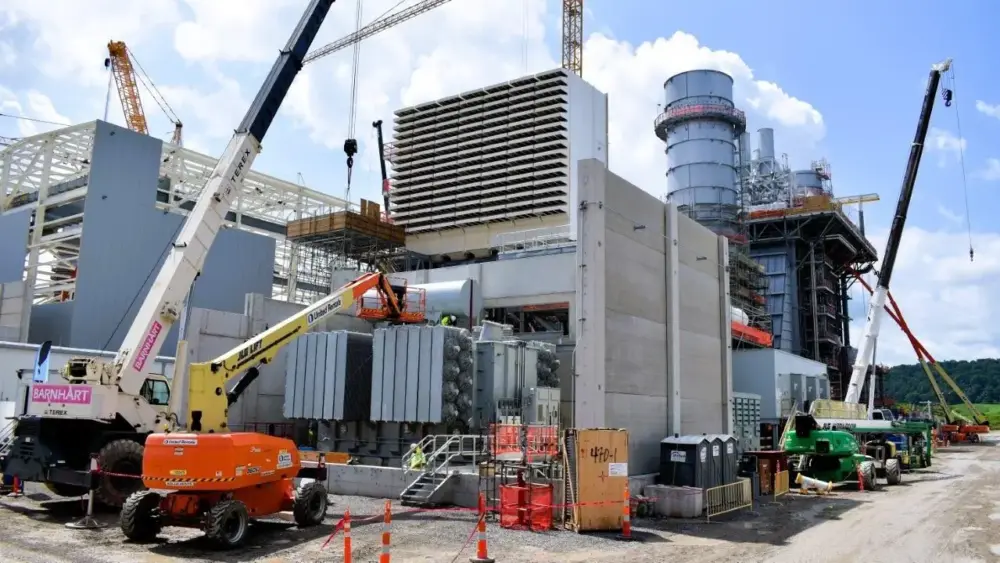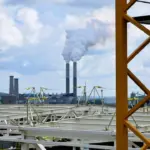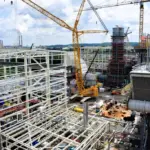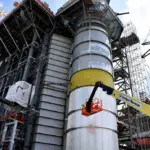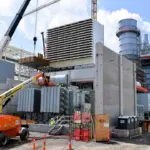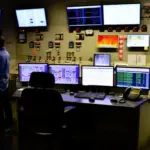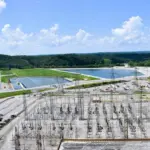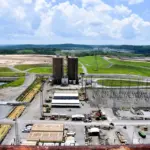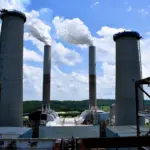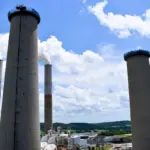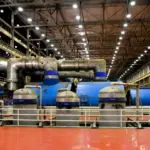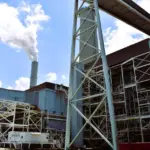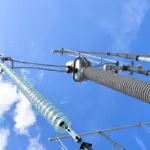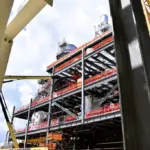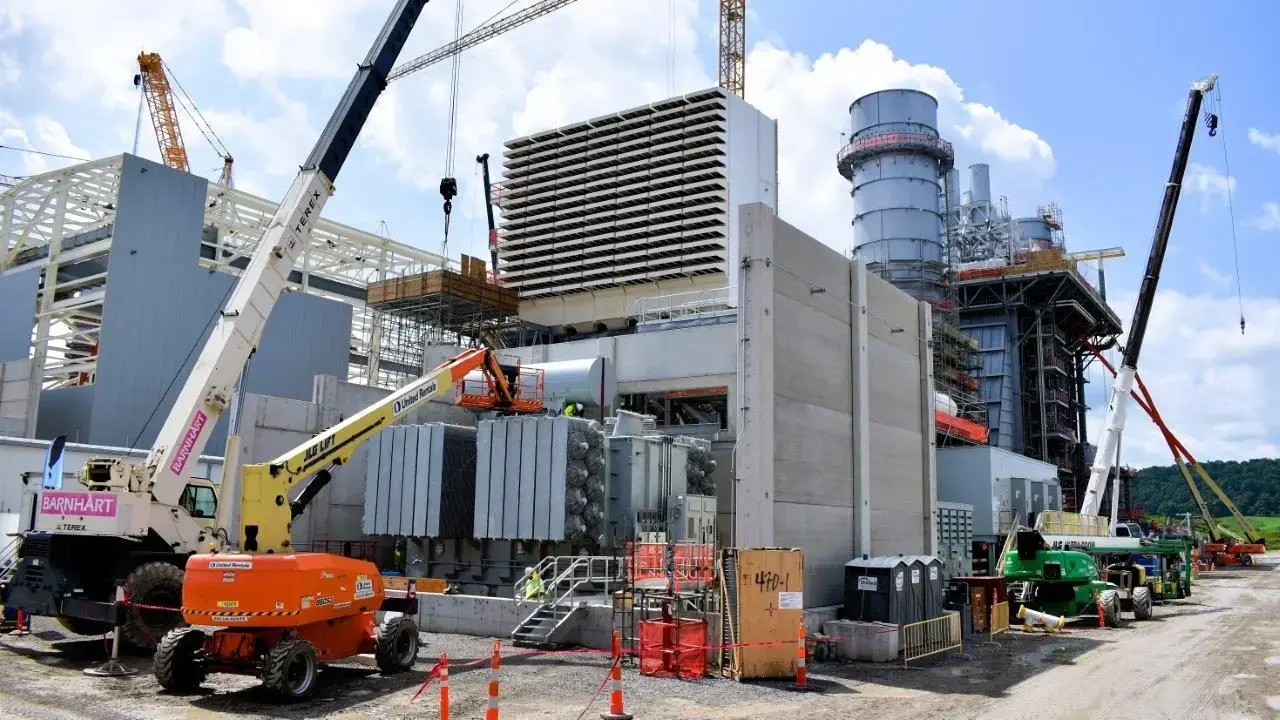
During the Jurassic age in Earth’s history, three meteor impacts hit what is now the state of Tennessee.
Today, the largest of those events lies near Cumberland City along the Cumberland River, just east of Dover — and is fittingly the home of the Tennessee Valley Authority’s past, present and future story in the fossil fuels industry.
An aging-but-hearty Fossil Coal Plant rests in the northern part of the crater, and a soon-to-be-operational state-of-the-art Combined Cycle Natural Gas Plant is along the southwestern edge.
The former is TVA’s largest coal plant in the seven-state system. Its construction began in 1968; its operation: five years later. Even now — with just two stacks firing at roughly 1,225 megawatts during peak loads, and two others currently in demolition — its forges are fed more than 22,000 tons of aggregate coal each day, enough to fill 11 barges.
More than 200 employees are responsible for energy creation, environmental controls and byproduct reinvestment — leaving little behind as waste — and questions about 2026 and 2028 decommission deadlines remain, as TVA continues its push to reduce a carbon footprint.
Still stronger than any two nuclear units TVA could build, Plant Manager Travis Patterson said the two properties work independently of the other — but discussions are ongoing about the slight potential for an extended joint run.
The latter is a $2.1 billion project in its final stages. Over the last 14 months, more than 1.7 million cubic yards of dirt and bedrock have been moved to construct what will be a 1,450-megawatt steam-and-turbine system capable of receiving a 32-mile, 30-inch gas line from Kinder Morgan.
With more than 1,800 men and women scurrying on site, many of them local and regional union workers, a 500-kilovolt indoor switch yard will be North America’s largest when it comes online.
Gas should be made available by December 1, and external transition of electrons to the grid — particularly toward Marshall County, Johnsonville, Montgomery County and Davidson County — could begin by March 1, 2027.
Sam Vinson, general manager of major projects for TVA, said more than 1.7 million work hours have gone into this vertical build — which includes the company’s first-ever use of air condensers, and scores of other technological advances.
Scott Fiedler, media and public relations for TVA, confirmed that this part of the country “only continues to grow,” in terms of population, load need and gross domestic product — all of which are outpacing some national averages.
These, he added, are but three of the reasons. The biggest, he said, is that there is a long list of homes that need stable, reliable service.
Currently, TVA can produce 32,000 megawatts of electricity. More than 3,570 megawatts is under immediate construction. Up to 3,000 more megawatts is in the planning stages. And more than 440 megawatts in “additional fleet efficiencies” are expected by 2035.
FULL MEDIA PRESENTATION:
Vinson explains combined cycles:
Patterson explains where the coal comes from:
Assorted sounds from location:
